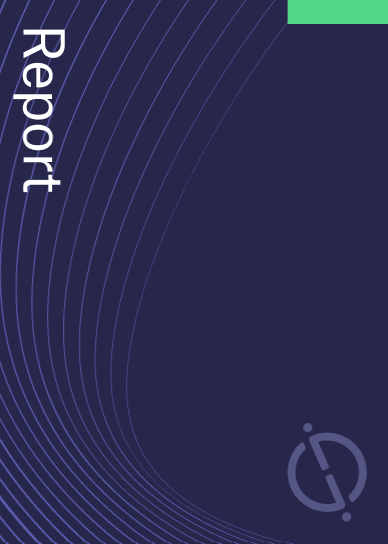Chinook Therapeutics. has filed a patent for a method of treating diabetic kidney disease by administering a combination of atrasentan and a SGLT-2 inhibitor. The method aims to provide a therapeutically effective treatment for diabetic kidney disease and chronic kidney disease associated with diabetes. GlobalData’s report on Chinook Therapeutics gives a 360-degree view of the company including its patenting strategy. Buy the report here.
According to GlobalData’s company profile on Chinook Therapeutics, Peptide pharmacophores was a key innovation area identified from patents. Chinook Therapeutics's grant share as of September 2023 was 39%. Grant share is based on the ratio of number of grants to total number of patents.
The patent is filed for a method of treating diabetic kidney disease
A recently filed patent (Publication Number: US20230270718A1) describes a method for treating diabetic kidney disease or chronic kidney disease associated with diabetes. The method involves administering a combination of atrasentan, or a pharmaceutically acceptable salt thereof, and a SGLT-2 inhibitor to a patient in need of treatment.
The patent claims that this treatment method can delay the progressive decline of renal function in the patient. It also suggests that the administration of atrasentan and the SGLT-2 inhibitor can improve treatment outcomes compared to patients who are not administered these drugs.
Furthermore, the method claims to reduce the urine albumin to creatinine ratio (UACR) in the patient, indicating a reduction in kidney damage. It also states that fluid retention in the patient is reduced after administration of the SGLT-2 inhibitor.
The method claims that B-type natriuretic peptide (BNP) levels in the patient are reduced, which is associated with improved heart function. Additionally, it suggests that the estimated glomerular filtration rate (eGFR) of the patient is stabilized, indicating better kidney function.
The patent claims that the treatment can also reduce other factors such as body weight, fluid retention, and the rate of decrease of eGFR in the patient. It mentions that at least two or three of these factors can be reduced in combination.
The method can be applied to patients with Type 1 or Type 2 diabetes. It also suggests the possibility of administering an Angiotensin-Converting Enzyme (ACE) inhibitor, an Angiotensin II Receptor Blocker (ARB), a diuretic, or a combination thereof along with atrasentan and the SGLT-2 inhibitor.
The patent provides specific dosage ranges for atrasentan and the SGLT-2 inhibitor, as well as ranges for various patient parameters such as UACR, BNP levels, serum potassium levels, and systolic blood pressure.
The method also mentions the possibility of concomitant administration of other medications such as statins, calcium channel blockers, beta blockers, aldosterone antagonists, and fish oil.
It is important to note that the patent does not cover patients with certain conditions such as IgA nephropathy, HIV/AIDS, HIV-related nephropathy, acute kidney failure, or cancer.
To know more about GlobalData’s detailed insights on Chinook Therapeutics, buy the report here.
Data Insights
From

The gold standard of business intelligence.
Blending expert knowledge with cutting-edge technology, GlobalData’s unrivalled proprietary data will enable you to decode what’s happening in your market. You can make better informed decisions and gain a future-proof advantage over your competitors.



